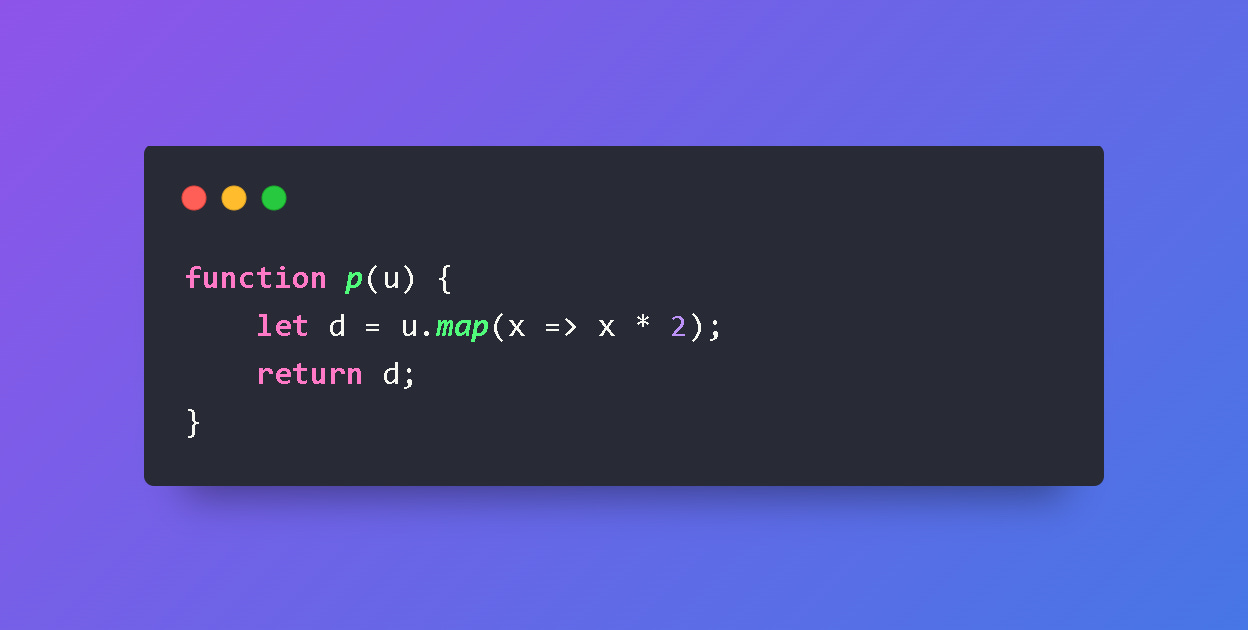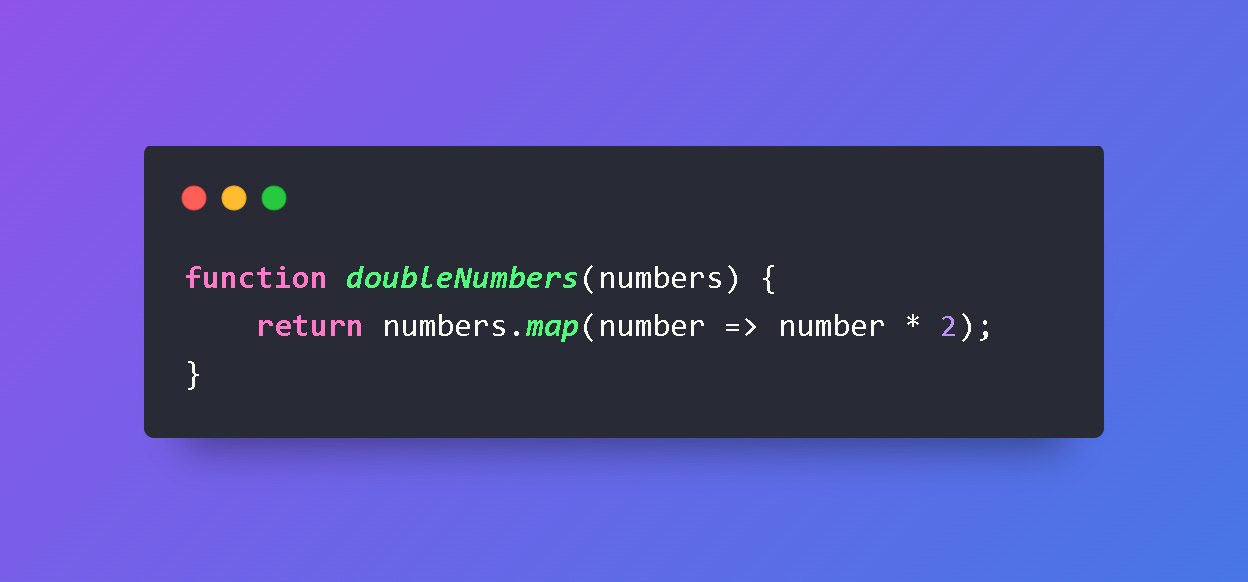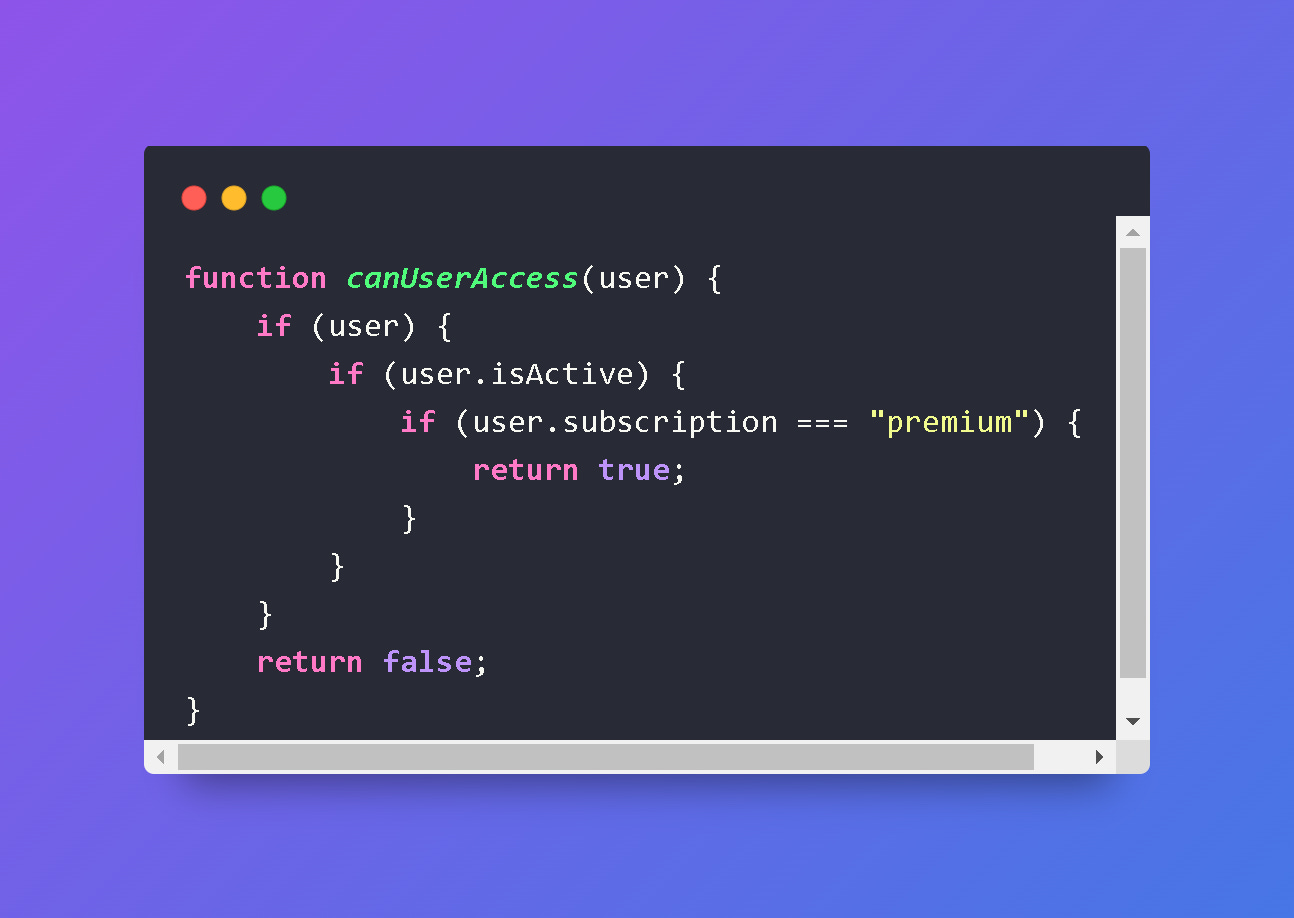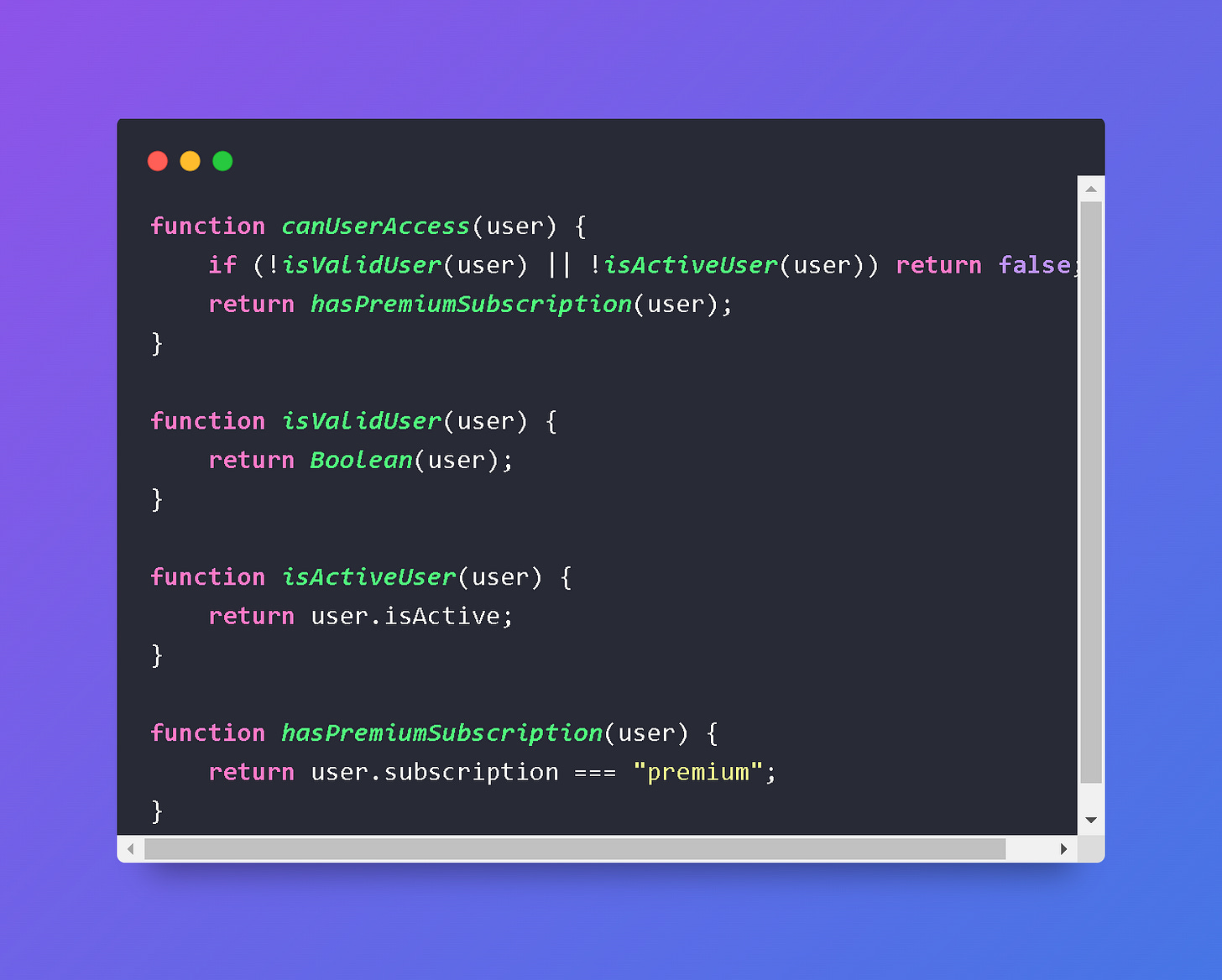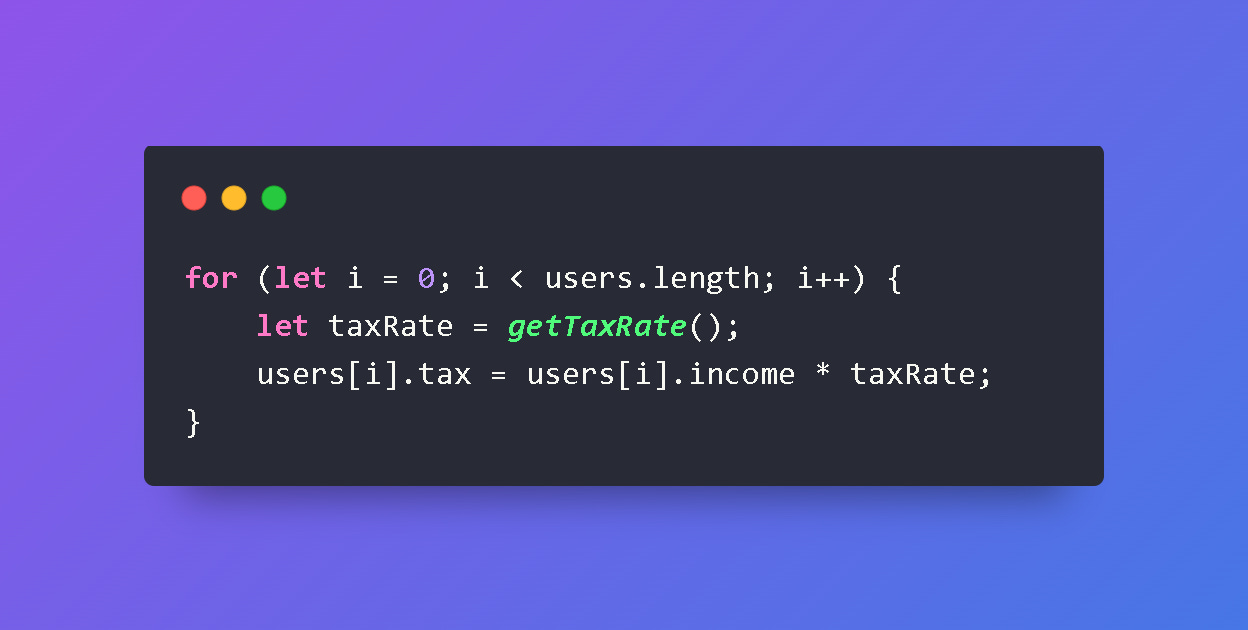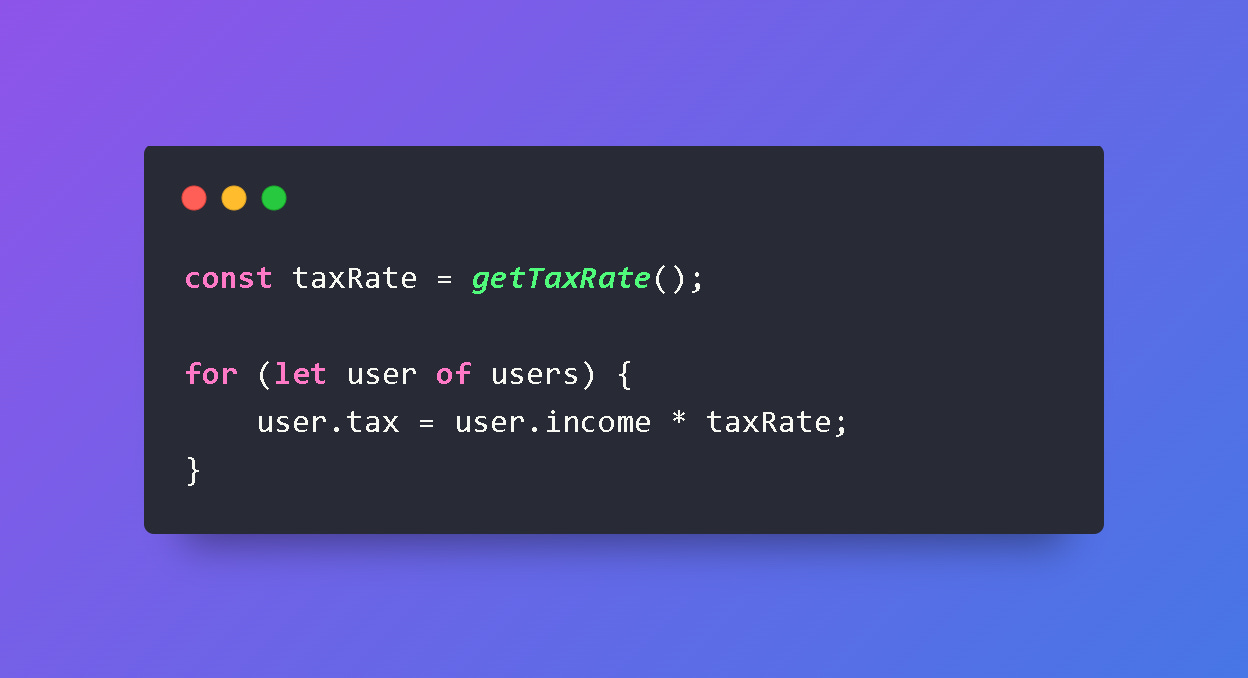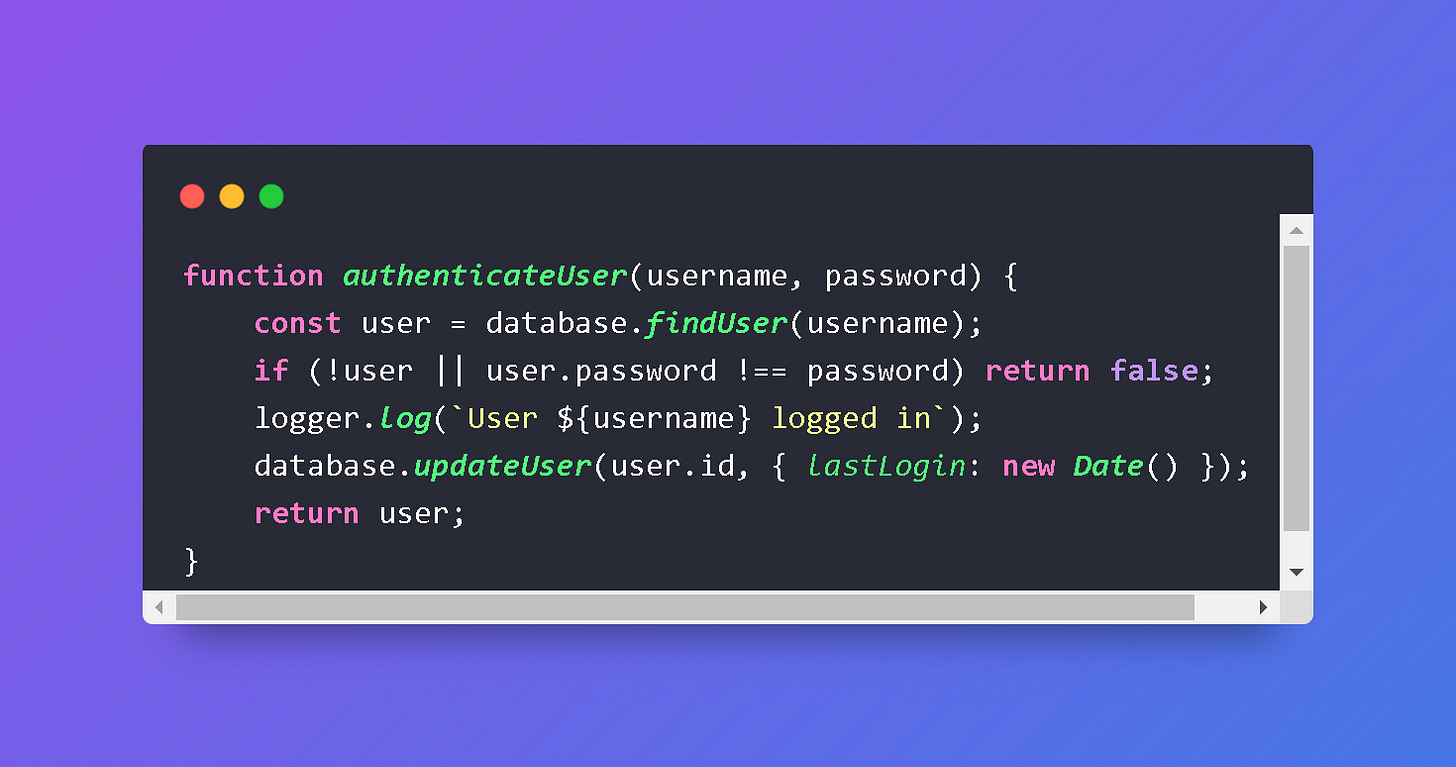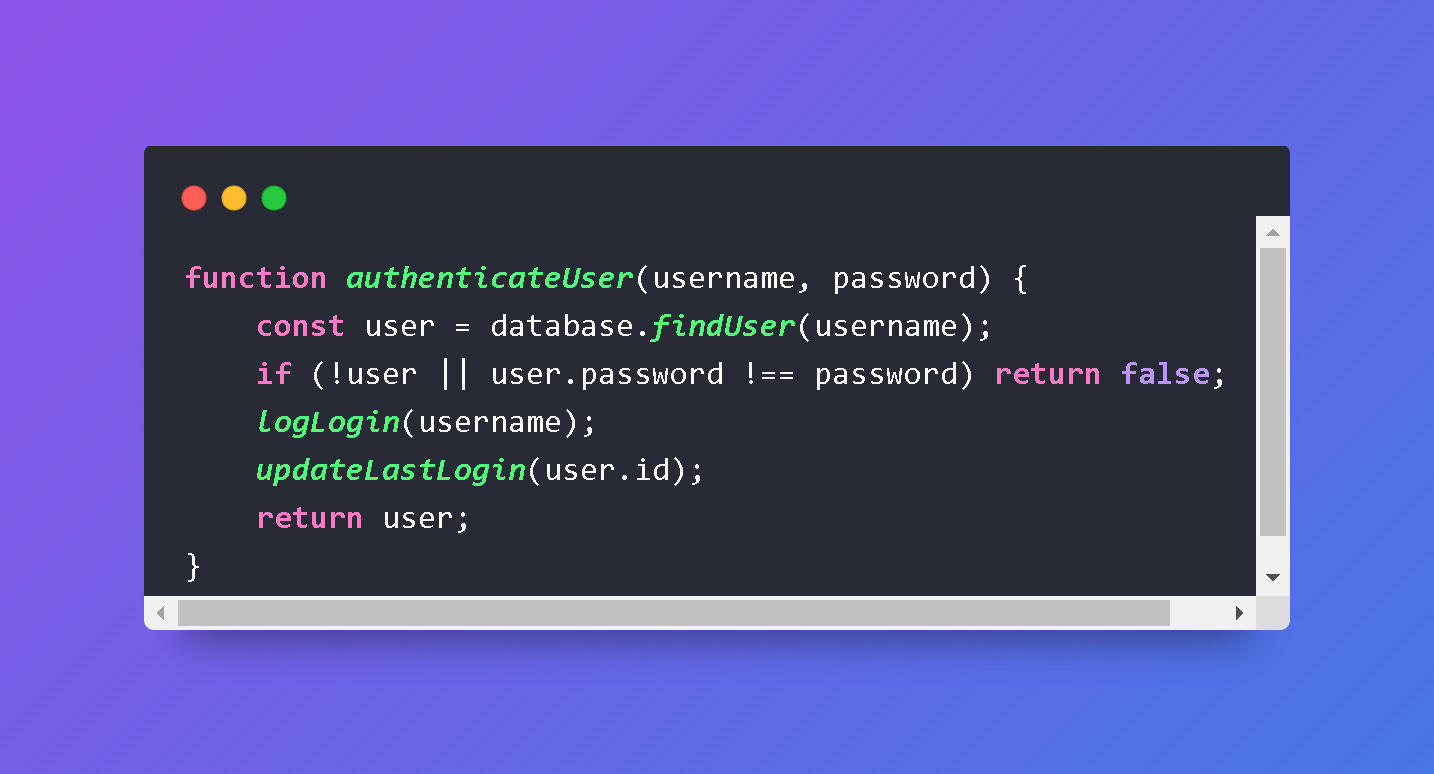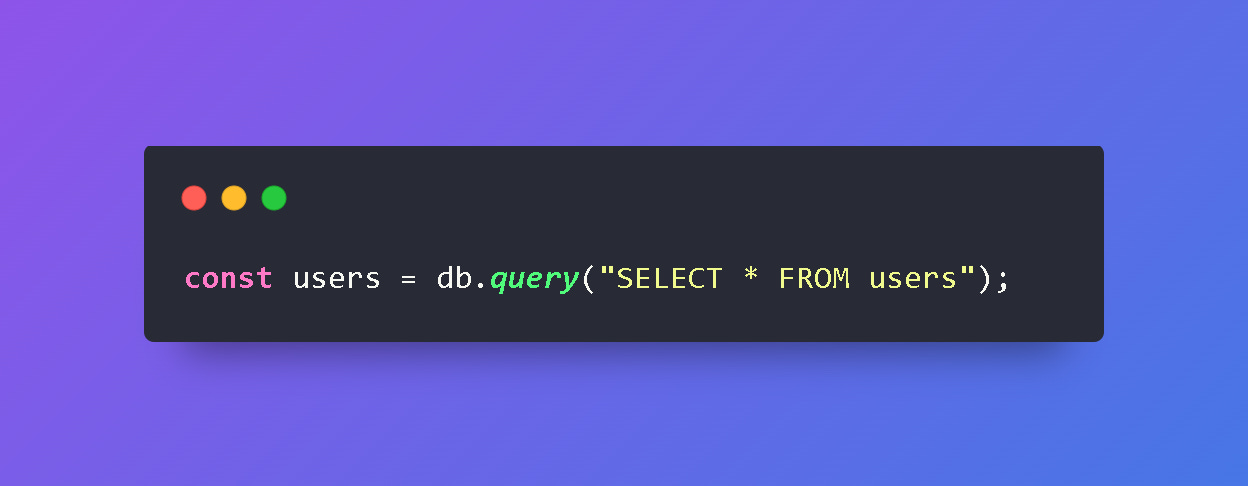How to Write Code That Is Beautiful, Maintainable, and Scalable
Master the principles of clean, scalable, and maintainable code.
Writing great code isn’t about knowing every algorithm or using the latest framework.
It’s about writing code that lasts code that’s easy to read, modify, and scale.
Early in my career, I realized that bad code creates more problems than it solves. It slows teams down. It makes debugging painful. It turns even small changes into massive headaches.
But the best engineers don’t just write working code. They write beautiful, maintainable, and scalable code that stands the test of time.
So, how do you do the same?
Here’s what I’ve learned.
1. Readability First (Code Should Be Instantly Understandable)
Most developers write code for machines. The best developers write code for people.
When code isn’t readable, every small change requires hours of deciphering. Debugging becomes an uphill battle.
I’ve seen developers write code that looks like this:
It works, but what does it do?
Compare that to this:
✅ Clear. Concise. Instantly understandable.
How to Make Your Code More Readable
Use descriptive names → No vague abbreviations.
Write small, focused functions → One function, one responsibility.
Follow a logical structure → Code should flow top to bottom.
Minimize unnecessary comments → Good code explains itself.
Readable code saves time, reduces errors, and makes collaboration easier.
If your code feels like a puzzle, it’s not readable. If you can understand it at a glance, you’re on the right track.
Now, let’s talk about structuring your code for simplicity.
2. Structure Code for Elegance (Simplicity Wins)
If your code feels complicated, it probably is.
Complexity makes code harder to debug, harder to maintain, and nearly impossible to scale.
How to Keep Code Elegant and Simple
Write code that reads like a sentence → Simplicity over clever tricks.
Keep related functions close together → Logical organization makes code easier to scan.
Use declarative programming → Built-in methods like
.map(),.filter(), and.reduce()make code cleaner.Flatten deep nesting → Use guard clauses (
if (!condition) return;) to simplify conditionals.
Take this deeply nested function:
Now, let’s make it more elegant:
✅ Each function has a single responsibility → Easier to test and modify.
✅ More readable → The logic flows clearly without mixing conditions.
✅ Easier to extend → If subscription rules change, modify hasPremiumSubscription() without touching other logic.
✅ Prevents null or undefined errors → isValidUser() ensures user exists before accessing properties.
Elegant code feels natural to read like a well-written sentence.
Now, let’s make sure efficiency isn’t sacrificed in the process.
3. Efficiency Without Sacrificing Readability
Some developers chase performance at all costs even if it makes their code unreadable.
But here’s the reality:
Most performance issues aren’t caused by the way you write loops. They’re caused by bad architecture and inefficient data handling.
How to Write Efficient Yet Readable Code
Optimize only when needed → Premature optimization creates more problems than it solves.
Cache repeated computations → Avoid unnecessary recalculations inside loops.
Use built-in functions → Native JavaScript methods are optimized for performance.
Profile performance before optimizing → Measure first, optimize second.
Example: Instead of recalculating a value in every loop iteration:
🚫 Inefficient:
✅ Better (Cache the tax rate outside the loop):
This small change makes a huge difference when handling large datasets.
Now, let’s talk about keeping your code maintainable.
4. Maintainability (Write Code That Future Developers Can Work With)
The best code isn’t just easy to read today it’s easy to modify next year.
Poor maintainability makes every change risky and every bug a potential disaster.
How to Write Maintainable Code
Follow the Single Responsibility Principle (SRP) → One function = One job.
Use constants instead of magic numbers → Hardcoded values make debugging harder.
Write tests → Automated tests prevent accidental breakage.
Handle errors properly → Use
try/catchand fail gracefully.Follow a consistent style guide → Use linters (ESLint, Prettier) to enforce readability.
Imagine an authentication function that also updates the database and logs activity.
🚫 Bad (Too Many Responsibilities):
✅ Good (Break Into Smaller Functions):
Maintainable code separates concerns, making it easier to extend without breaking existing functionality.
Now, let’s talk about scalability.
5. Scalability (Code That Grows Without Breaking)
Code that works for 100 users might fail miserably with 100,000 users.
As your application grows, bad code becomes the biggest bottleneck.
How to Write Scalable Code
Break logic into reusable modules → Avoid massive, monolithic functions.
Separate business logic from UI & database → Keep concerns modular.
Use environment variables → Never hardcode API keys, URLs, or settings.
Optimize database queries → Use indexing and pagination.
Use asynchronous programming → Prevent blocking operations in Node.js.
Implement structured logging → Debugging at scale requires proper logs.
Example: If your API fetches all users in one query, it might work fine with 100 users but crash with 100,000.
🚫 Bad (No Pagination):
✅ Good (Use Pagination):
Scalable code handles growth without breaking.
Final Takeaway: How to Write Code That Stands the Test of Time
Beautiful code isn’t just about making it look nice.
It’s about making it easy to read, modify, and scale.
Here’s what matters most:
Readable code saves time → If it’s hard to read, it’s hard to debug.
Elegant code feels intuitive → Simplicity makes it easier to follow.
Efficient code avoids waste → Optimize only where necessary.
Maintainable code prevents future headaches → Separate concerns and write tests.
Scalable code handles growth → Structure code to avoid bottlenecks.
Start today.
Refactor a function. Improve your variable names. Write a test.
Your future self will thank you. 🚀


